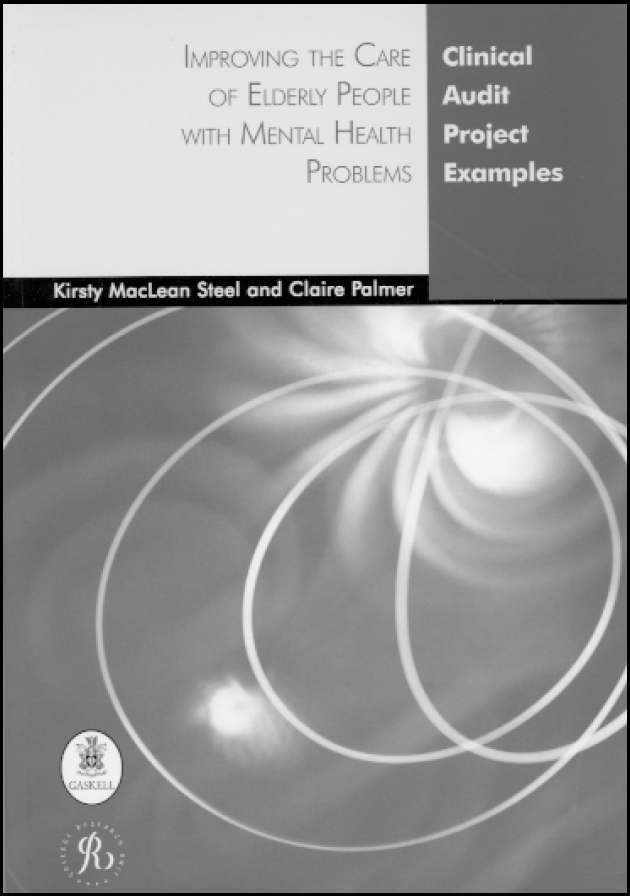This short book, produced by the Clinical Governance Support Service at the Royal College of Psychiatrists' Research Unit, reports on 28 clinical audits carried out by a number of UK substance misuse services. Topic areas covered include patient assessment, aspects of clinical care such as shorter- and longer-term prescribing and hepatitis B vaccination, organisational and management processes, user satisfaction and outcome. Examples of self-assessment, peer group and external evaluation methods are given, and both alcohol and drug misuse are covered.

The text provides some useful ideas for audit topics and methods, and is an early attempt at benchmarking standards. The reporting is well structured and easy to follow. Key messages for carrying out local audits, such as keeping things simple and not taking on too much, are sensible. The examples given of audits of hepatitis B vaccination programmes were particularly notable in this regard, and seem likely to have increased the quality of care given to intravenous drug users. However, the methods for choosing audit standards are not well explained or referenced, and their evidence-base therefore appears thin at times. This may, of course, reflect the state of the discipline. It would also be difficult to replicate some of the audit examples without well-developed peer-group audit structures already in place.
Readers will find this book helpful, perhaps as a clinically focused complement to the more organisationally based QuADS project manual produced by Drug Scope/Alcohol Concern. It may be that the national standards for drug and alcohol services that should be in place as part of the National Drugs Strategy by 2002 will eventually provide more salient audit standards than those provided in this text. However, this book will still remain useful in terms of auditing everyday practice, and staff in both statutory and voluntary sector drug and alcohol services should have access to it. Audit project coordinators will also find it a practical guide to the area.



eLetters
No eLetters have been published for this article.